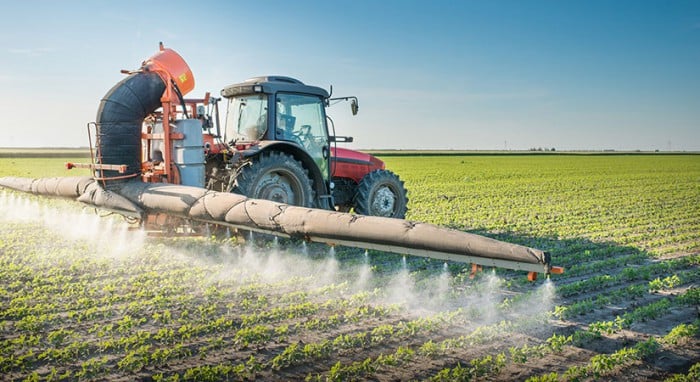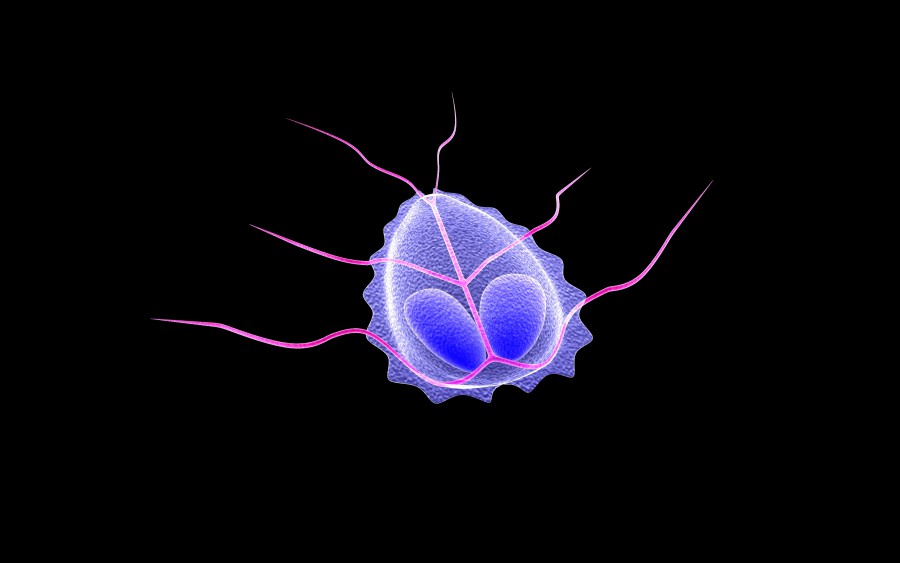
Water Contamination
Water contamination (or microbes) can be found in many water sources. Many of these microbes are harmless and are no threat to our health. Some of these microbes, however, can be very dangerous, especially in the very young, very old, or those who have compromised immune systems.
When we talk about safe water, we mean that the water contains no contaminants that may damage our short- or long-term health.
Comprehensive Water Analysis
As we try to identify the appropriate treatment for different water supplies, it’s a priority to know and understand which water contaminants are present. Once the contaminants are identified through a comprehensive water analysis, the appropriate technology can be applied.
This exercise is similar to a medical examination by your doctor, based on questions designed to detect the problem, often followed up with a laboratory test (e.g. blood work). This selection considers different variables such as speed, effectiveness, and safety. In the water treatment industry, something very similar takes place with a good water analysis allowing for safe and effective treatment recommendations.
Water Contaminant Regulations
Each regional municipality typically has its own regulations that limit the permissible quantities of contaminants or elements present in potable water. It is advisable to be aware of the maximum mandatory or suggested contaminants level covered by local regulations. In the absence of local regulations, guidelines are published by international organizations such as the World Health Organization (WHO) Standards.
Most people have no idea about the potential threat in water, and those who are on private well systems are especially vulnerable. In large public systems, the standards are extremely high for testing and treatment, many treatment plants testing hourly throughout the day. They are highly regulated by the EPA, and are required to meet extremely rigorous regulations. Those who are on a private water source such as a well, lake, or other source are on their own. Most have never worried about their water quality, assuming that because they’ve never gotten sick from their water that they never will. But water quality changes extremely quickly, and just because the water doesn’t make you sick today, doesn’t mean it won’t make you sick tomorrow.
Water Contaminants
Water contaminants can generally be grouped into three groups: suspended solids, dissolved solids and microbiological concerns. These may not be the only classifications, but cover the vast majority of problems encountered in water supplies worldwide.
Suspended Solids
This describes material that exists in a suspended (insoluble) form in water, which will typically settle on the bottom of a glass or bottle as visible sediment. This type of contamination is very common in surface waters, such as rivers where water movement generates high turbidity. To remove this type of contamination, the physical method of filtration is employed. Different filter pore sizes allow for removal of particles to specific “micron” (millionth of a meter) ratings.
Dissolved Solids
This contaminant refers to material dissolved the water. The solids are chemically dissolved as part of the water, and their concentrations are measured overall as total dissolved solids (TDS), and the maximum concentration allowed in drinking water is usually around 1000 ppm.
Total dissolved solids is a general measure of all solids dissolved while more detailed analysis will report the levels of individual dissolved species (for example, calcium, magnesium, bicarbonates, and nitrates). Dissolved solids are generally in the form of “ions”, cations carrying a positive charge and anions carrying a negative charge.
Microbiological
This type of contamination is a major challenge in many parts of the world where water distribution systems are lacking or not in a good state of operation and where water is stored for use in drought conditions. In these situations, the primary concern is to eliminate illness-causing pathogens that may be present in the water, including bacteria, viruses, and parasites. In these same areas of high heat and humidity, reproduction of harmful organisms is often very rapid.

Giardia
There are three main problem microbes that are often found in private well water sources that can cause illness in humans. These are Giardia, Cryptosporidium, and e.coli. Most people are aware of e.coli, as it’s often discussed in media as a food contaminant, but it is also a water contaminant.
E.coli is a type of Coliform bacteria. Coliforms are bacteria that live in the intestinal tracts of animals, and any type of coliforms in the water is an indicator of some kind of fecal contamination of the water. Not all coliforms are dangerous, but the presence of them in a water sample indicates that there is a possibility that some of those coliforms could be e.coli.
Giardia and Cryptosporidium are both organisms that live in the intestinal tracts of animals. As part of their lifecycle, both of these organisms are flushed out with feces and form an extremely difficult-to-penetrate cyst to protect them, even in harsh environments. These organisms can persist, even in cold water, for months in the environment until they are ingested and start the cycle over again.
They can be an indication that fecal contamination is in the water, either from flooding events, bad well construction, septic or a myriad of other reasons. Both of these microbes can cause illness, and in children, the elderly, or immune-compromised people, they can be serious illnesses. Because of their protective cyst coatings these organisms are highly resistant to chlorine water treatment.
Ultraviolet disinfection eliminates all of these microbes in water without the use of harmful chemicals that can create disinfection byproducts. It can combat chlorine-resistant microbes, and does not change the taste or odor of water.